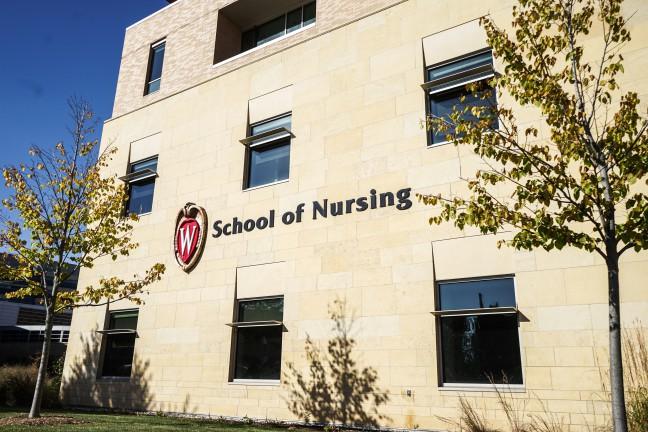Four women from the University of Wisconsin-Madison school of nursing were named American Academy of Nursing Fellows, an honor regarded as one of the highest in the nursing profession.
UW nursing professor Barbara J. King, senior scientist Polly Ryan, Nursing School Board of Visitors chair Nancy Kaufman and UW alumna MarySue Heilemann are among the 173 acclaimed nurses to be awarded this distinguished honor.
According to the American Academy of Nursing, this fellowship demonstrates more than just a recognition of excellency in the nursing field, but a greater responsibility to the healthcare community. Fellows are expected to devote time to both the academy and health care leaders outside of the academy, helping to shape the health care system within their communities and abroad.
UW looks to create ‘educational pipelines’ for students interested in health care
The academy seeks fellows who will advocate for reducing inequalities and discrimination in health care, act as proponents of healthy aging and human development and continue their work in strengthening and building a superior health care system.
Current academy fellows include over 2,500 nursing leaders in a wide breadth of fields, including education, management, practice and research. For Ryan, this fellowship is an endorsement of the quality of her research.
“Being named a Fellow of the American Academy of Nursing validates the good and substantive work we are doing here,” Ryan said. “The university has a growing cadre of renowned faculty and scholars who are being nationally recognized for their work.”
Ryan is currently leading research on women ages 40-60 at risk for osteoporosis. In support of her health behavior change theory, Ryan has recently collected data on women through a study using a cell phone app installed on her patient’s phones.
UW alumna among first Hmong-American women to earn Ph.D. in nursing
The app is accessible to patients at all times and gives users insight on the skills needed to make healthy changes to their everyday lives to avoid osteoporosis, Ryan said.
Ryan stresses the importance of keeping patients informed on the science behind the actions they are taking to meet their goals, and encourages patients to analyze their own behavior in regards to osteoporosis prevention.
This recognition of esteemed UW nurses comes at an moment during which the number of health care professionals in rural Wisconsin is dwindling, said a University Relations Specialist at the school of nursing.
Cuts to Department of Human Services budget creates community concern
The demand for medical professionals in rural areas is high, as over a quarter of the population lives in these agrarian communities and advancements in healthcare and technology are prolonging the lives of the elderly, said a university relations specialist.
According to information provided by the school of nursing, the issue arises when medical students do not return to their hometown communities to work after completing school. Students pursue careers in the big cities they studied in, leaving the rural communities where they grew up to grapple with a shortage of medical professionals.
Karen Mittelstadt, assistant dean for the school of nursing, said that recruiting nurses for rural areas is especially difficult.
“Between lower pay, heavy workloads, fewer opportunities for continuing education and possible feelings of professional isolation, the population to draw from is slim,” Mittelstadt says.
The university is doing what it can to combat this shortage, Mittelstadt said.
Mittelstadt discussed a number of programs being implemented to expose students to the realities and challenges of rural communities. By offering hands on practice in rural clinics and facilities, the university is increasing the likelihood of students returning to rural Wisconsin to practice medicine exponentially, Mittelstadt said.
With four distinguished UW school of nursing alumnae honored as fellows, the American Academy of Nursing hopes to continue its mission to improve healthcare and the shortage of nurses in rural areas in the U.S.













